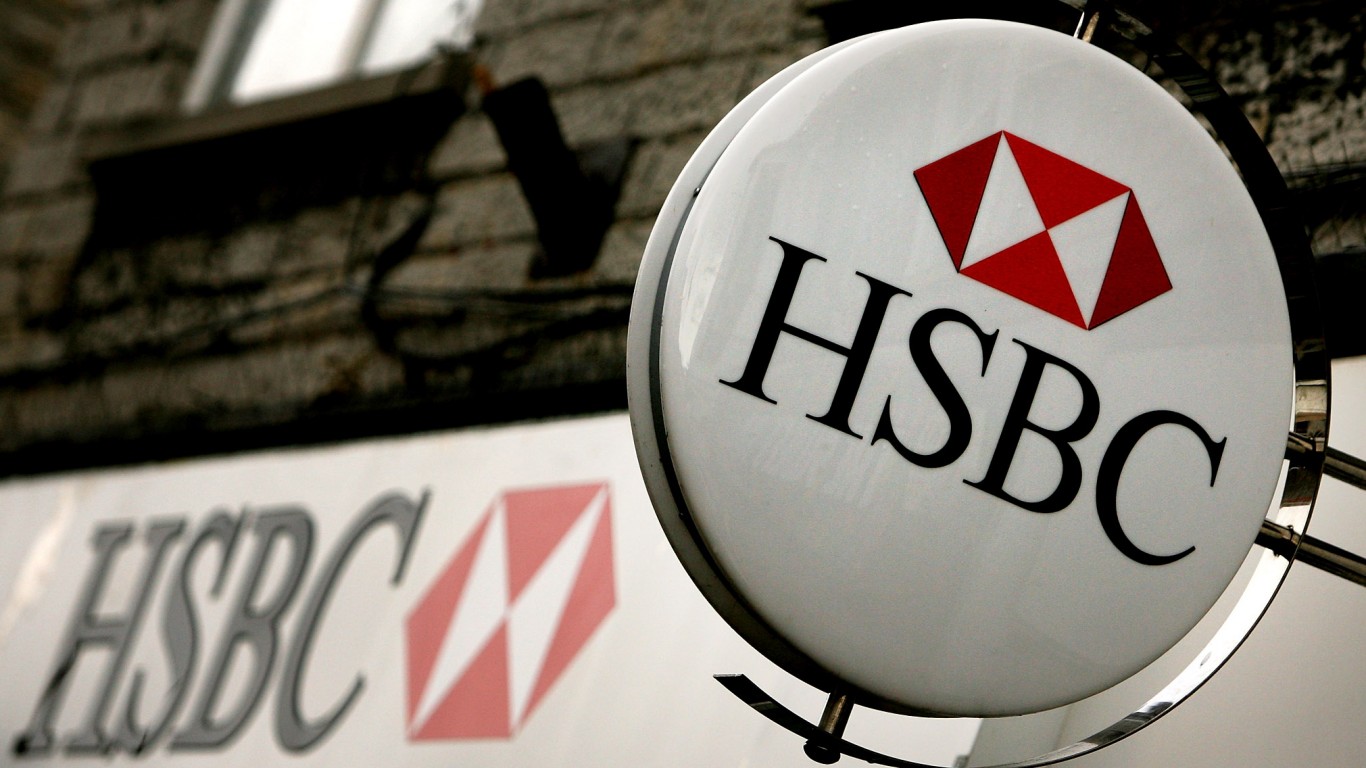Investing
Improve Your Retirement Income With These 3 Top-Ranked Dividend Stocks

Published:

Here’s a revealing data point: older Americans are scared more of outliving wealth than of death itself.
And unfortunately, even retirees who have built a nest egg have good reason to be concerned – with the traditional approaches to retirement planning, income may no longer cover expenses. That means retirees are dipping into principal to make ends meet, setting up a race against time between dwindling investment balances and longer lifespans.
In today’s economic environment, traditional income investments are not working.
For example, 10-year Treasury bonds in the late 1990s offered a yield of around 6.50%, which translated to an income source you could count on. However, today’s yield is much lower and probably not a viable return option to fund typical retirements.
That means if you had $1 million in 10-year Treasuries, the difference in yield between 1999 and today is more than $1 million.
And lower bond yields aren’t the only potential problem seniors are facing. Today’s retirees aren’t feeling as secure as they once did about Social Security, either. Benefit checks will still be coming for the foreseeable future, but based on current estimates, Social Security funds will run out of money in 2035.
So what can retirees do? You could dramatically reduce your expenses, and go out on a limb hoping your Social Security benefits don’t diminish. On the other hand, you could opt for an alternative investment that gives a steady, higher-rate income stream to supplant lessening bond yields.
Invest in Dividend Stocks
As a replacement for low yielding Treasury bonds (and other bond options), we believe dividend-paying stocks from high quality companies offer low risk and stable, predictable income investors in retirement seek.
Look for stocks that have paid steady, increasing dividends for years (or decades), and have not cut their dividends even during recessions.
Going beyond those familiar names, you can find excellent dividend-paying stocks by following a few guidelines. Look for companies that pay a dividend yield of around 3%, with positive annual dividend growth. The growth rate is key to help combat the effects of inflation.
Here are three dividend-paying stocks retirees should consider for their nest egg portfolio.
Ford Motor Company (F) is currently shelling out a dividend of $0.15 per share, with a dividend yield of 5.02%. This compares to the Automotive – Domestic industry’s yield of 0% and the S&P 500’s yield of 1.65%. The company’s annualized dividend growth in the past year was 50%. Check Ford Motor Company (F) dividend history here>>>
HSBC (HSBC) is paying out a dividend of $0.5 per share at the moment, with a dividend yield of 5.26% compared to the Banks – Foreign industry’s yield of 4.5% and the S&P 500’s yield. The annualized dividend growth of the company was 68.15% over the past year. Check HSBC (HSBC) dividend history here>>>
Currently paying a dividend of $0.31 per share, Interpublic Group (IPG) has a dividend yield of 3.8%. This is compared to the Advertising and Marketing industry’s yield of 0% and the S&P 500’s current yield. Annualized dividend growth for the company in the past year was 6.9%. Check Interpublic Group (IPG) dividend history here>>>
But aren’t stocks generally more risky than bonds?
Overall, that is true. But stocks are a broad class, and you can reduce the risks significantly by selecting high-quality dividend stocks that can generate regular, predictable income and can also decrease the volatility of your portfolio compared to the overall stock market.
A silver lining to owning dividend stocks for your retirement portfolio is that many companies, especially blue chip stocks, increase their dividends over time, helping offset the effects of inflation on your potential retirement income.
Thinking about dividend-focused mutual funds or ETFs? Watch out for fees.
If you prefer investing in funds or ETFs compared to individual stocks, you can still pursue a dividend income strategy. However, it’s important to know the fees charged by each fund or ETF, which can ultimately reduce your dividend income, working against your strategy. Do your homework and make sure you know the fees charged by any fund before you invest.
Bottom Line
Regardless of whether you select high-quality, low-fee funds or stocks, looking for a steady stream of income from dividend-paying equities can potentially lead you to a solid and more peaceful retirement.
Ford Motor Company (F): Free Stock Analysis Report
Interpublic Group of Companies, Inc. (The) (IPG): Free Stock Analysis Report
HSBC Holdings plc (HSBC): Free Stock Analysis Report
To read this article on Zacks.com click here.
This article originally appeared on Zacks
Retirement planning doesn’t have to feel overwhelming. The key is finding expert guidance—and SmartAsset’s simple quiz makes it easier than ever for you to connect with a vetted financial advisor.
Here’s how it works:
Why wait? Start building the retirement you’ve always dreamed of. Click here to get started today!
Thank you for reading! Have some feedback for us?
Contact the 24/7 Wall St. editorial team.